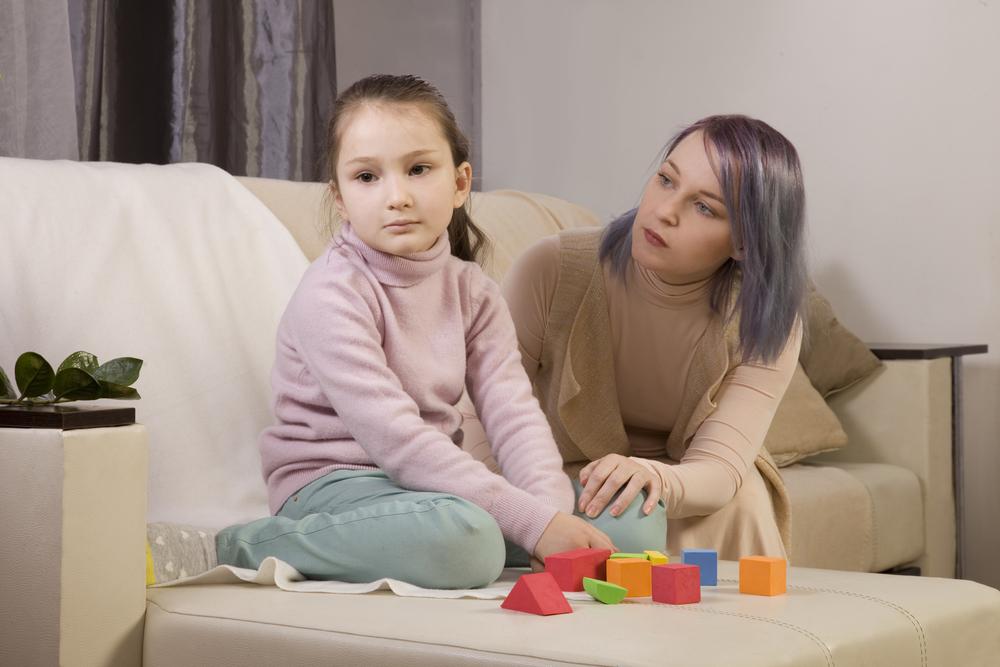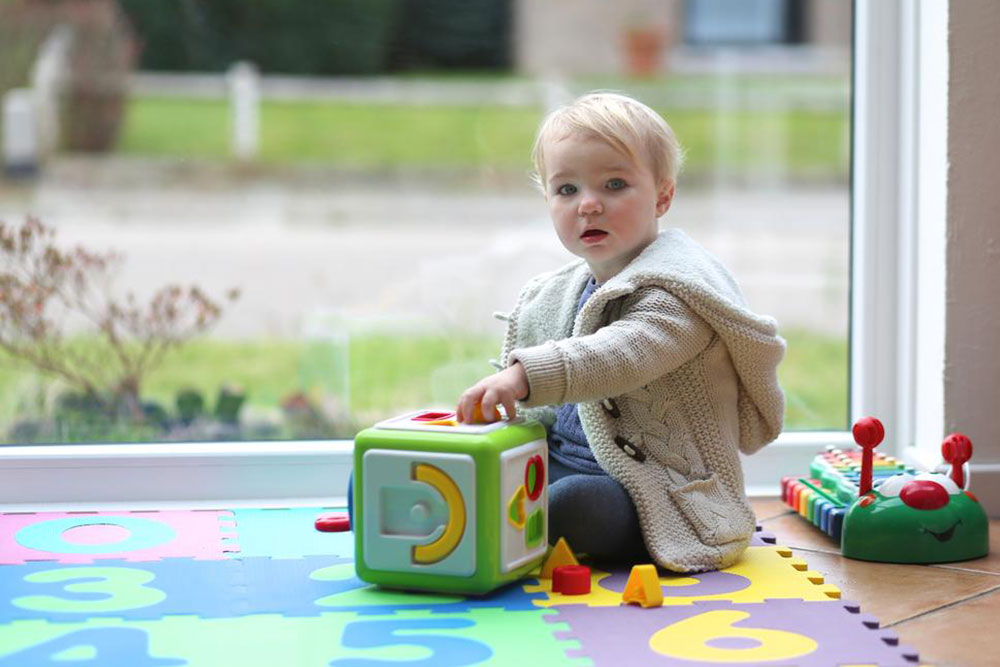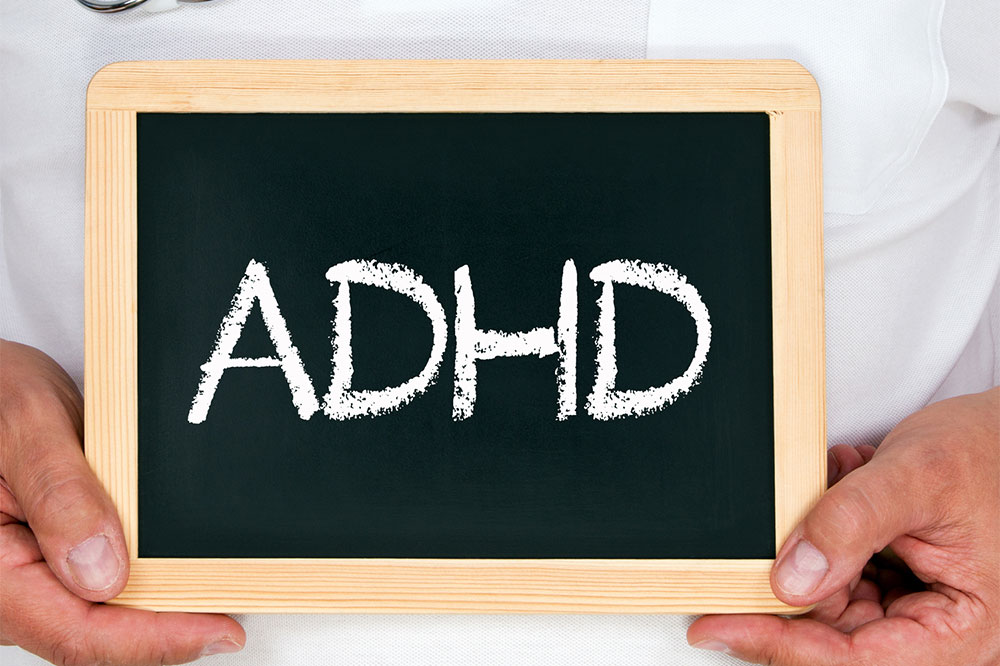Detecting ADHD in Children: Signs and Insights
This article explores how to identify ADHD in children by examining common signs like inattention, hyperactivity, and impulsivity. It emphasizes the importance of early diagnosis and professional evaluation to distinguish ADHD from normal behavior or other mental health conditions. The piece also highlights the strengths of children with ADHD, such as creativity and adaptability, while offering guidance for parents and caregivers on recognizing symptoms and seeking help.
Detecting ADHD in Children: Key Indicators and Understanding
Recognizing Symptoms of Attention Deficit Hyperactivity Disorder in Kids
Children naturally exhibit playful behavior, sometimes ignoring instructions, fidgeting, or being easily distracted. Occasional forgetfulness about homework, daydreaming during class, or reacting impulsively are common at certain ages. However, when these behaviors become excessive, persistent, and significantly impact daily life compared to peers, it may indicate ADHD. This condition is characterized by inattention, impulsivity, and hyperactivity, which can hinder a child's success at home and school, affecting social skills and learning. Children with ADHD find it tough to control spontaneous reactions, whether verbal, physical, or attentional, across all environments.

Symptoms usually emerge around ages 7-8, but because kids develop at different rates, distinguishing typical behavior from signs of ADHD can be challenging. Consulting a specialist is advised if you notice consistent patterns of impulsivity, hyperactivity, or inattention. Left undiagnosed, ADHD may persist into adolescence and adulthood, leading to difficulties in concentration, social interactions, and life management. The three main features of ADHD are impulsivity, hyperactivity, and inattention, which can present in varying combinations.
Children who primarily show inattentiveness without hyperactivity may be overlooked, yet they might struggle academically and with focus, often blamed for laziness or lack of motivation. Conversely, some children can pay attention but are hyperactive and impulsive, finding it hard to switch tasks or stay engaged unless thoroughly interested. The most common form involves children who are both inattentive and hyperactive/impulsive, often struggling to remain seated or quiet, leading to misunderstandings as disobedient or disruptive.
Early identification and intervention are crucial to prevent lifelong challenges. However, accurate diagnosis should be made by mental health professionals to differentiate ADHD from other issues such as learning disabilities, emotional trauma, anxiety, depression, behavioral disorders, or medical conditions like thyroid problems or sleep disturbances. Recognizing these distinctions ensures appropriate treatment.
Despite challenges, children with ADHD often possess unique strengths:
They tend to be highly creative, imaginative, or artistic because of their daydreaming tendencies.
Their distractibility can sometimes help them notice overlooked details.
Flexibility in options and approaches makes them adaptable and open-minded.
Their energetic, enthusiastic, and lively personalities often bring joy and spontaneity to their surroundings.
Important Note:
Our blog offers a wide range of informative content based on research and expertise. While we aim to provide accurate insights, this information should not replace professional diagnosis or treatment. Readers are advised to consult healthcare professionals for personalized advice. The website does not guarantee the completeness or accuracy of data or coverage of all schemes and benefits related to the topics discussed.









